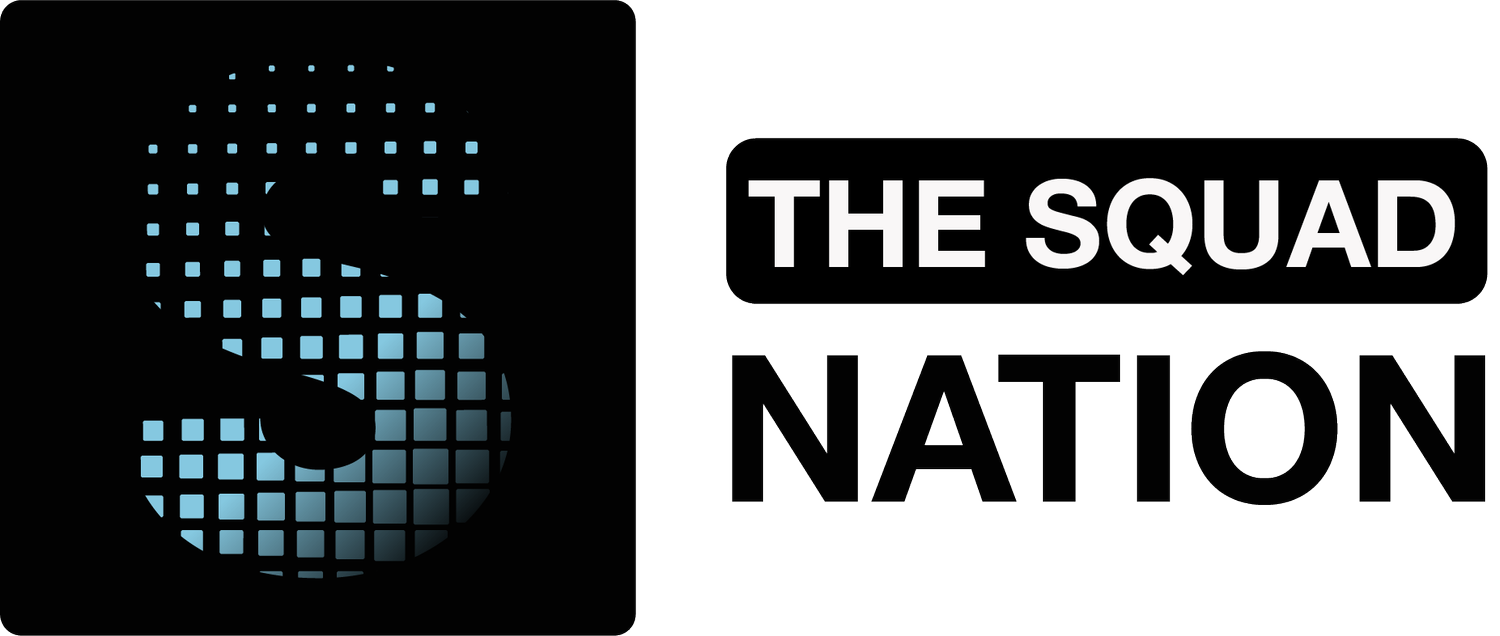The Power of Data-Driven Design: Revolutionizing Apparel Development and Innovation
Data-driven design enables brands to offer customization options, allowing customers to choose colors, fabrics, and styles that resonate with their individual preferences. This level of personalization not only enhances customer loyalty but also allows brands to charge a premium for unique itemIn today's fast-paced and highly competitive fashion industry, staying ahead of the curve requires more than just a creative vision; it demands the integration of data-driven insights into the design process. The convergence of technology, consumer behavior analysis, and design innovation has given rise to a new paradigm in apparel development, where data takes the front seat in steering decisions and sparking innovation. Let's explore why utilizing data for apparel design is no longer just an option but an essential strategy for success.
The Future of Retail: Global Trends Shaping the Next 5 Years
The future of retail is a dynamic and exciting landscape shaped by e-commerce growth, sustainability concerns, personalization, immersive technologies, AI integration, experiential retail, and the rise of social commerce. The key to success will lie in understanding and adapting to these global trends while continuously delivering exceptional customer experiences.
Embracing User-Centricity: The Future of Adaptive Apparel Design
Inclusive design principles prioritize the creation of products that can be used by as many people as possible, regardless of their abilities. Applying these principles to adaptive apparel involves considering factors like comfort, ease of use, adjustability, and versatility. For example, incorporating features like magnetic closures, adjustable waistbands, or sensory-friendly fabrics allows individuals to easily put on and take off garments, while also addressing their specific requirements.
The Tech Race to Back Up Fashion's Green Claims
AI is revolutionizing the design process in the fashion industry, enabling more sustainable practices. AI algorithms can analyze large datasets on consumer preferences, market trends, and sustainability metrics to generate designs that are both stylish and eco-friendly. This technology helps reduce waste by optimizing material usage and streamlining the production process. AI-powered virtual prototyping and digital sampling also minimize the need for physical samples, further reducing waste and resource consumption.
3D Size Standards and Their Impact to Apparel Brands
The fashion industry has been notoriously slow to adopt sustainable practices, but one area where sustainable innovation is beginning to take hold is in 3D size standards. By using 3D scanning and virtual fitting technologies, brands can create more accurate size standards, reducing waste and improving the customer experience. In this blog post, we will explore how 3D size standards impact sustainability, brand messaging, and the bottom line for apparel brands.
Fibers and Fabrics of the Future
The world of textiles is constantly evolving, with new fibers and fabrics emerging all the time. From sustainable and eco-friendly options to high-tech textiles that can sense and react to the environment, the future of fibers and fabrics is exciting and full of potential.
Here are some of the fibers and fabrics of the future that we can expect to see more of in the years to come:
Balancing your Brand to Meet Consumer Needs in a Hybrid Lifestyle
Balancing your Brand to Meet Consumer Needs in a Hybrid Lifestyle
The Importance of Fit Testing in Comparison to User Testing
We always say, if a product doesn’t fit the body, it won’t be worn, no matter how cute the design. It ultimately plays in your subconscious when picking what to wear. As creatures of comfort, we will ultimately seek comfortable apparel and wearables.
Embracing External Design and Development Firms -vs - Preferring to Keep Functions in House
In contrast, the apparel industry is rapidly accelerating in its adoption of new technologies and best practices from other industries. While outsourcing product development can be a best practice, a resource many other industries have successfully utilized, apparel brands still have a slow acceptance rate of this best practice. Why?
Working with an External Design and Development Company Within the Apparel Industry
Working with an external design and development company can be a great way to expand your business and access new ideas and expertise. Defining your goals and expectations for a project before you start working with an external design and development company is important. This can include things like timelines, budget, and desired outcomes. Are you looking for help with product design, prototyping, manufacturing, or all the above?
The Critical Factors of Business Development in Apparel That Matter Today
Business development in the apparel industry today involves navigating a complex and highly competitive landscape. The industry is constantly evolving, driven by changing consumer preferences, technological advancements, and global economic shifts.
What exactly is "design"?
Design is the process of identifying a problem or white space opportunity in the market and finding a solution. Through a series of phases in the process the problem is defined, information is collected, requirements are specified, analysis and brainstorming of ideas is performed, the best solution is chosen, development of the solution is carried through, feedback from organization and customer is completed, and the design is iteratively improved and tested until a final product is produced.
Staying Competitive in Today's Market
Competitive Research is crucial to understanding your brand’s competition in the market. As categories converge together and technology and innovation are making other industries and markets more easily accessible it is important to expand competitive research beyond just direct competitors to have a holistic view.
What is true innovation?
The term "innovation" gets thrown around quite frequently by people, companies, and brands. All vying for attention. But what is the definition? Our definition, is the process of taking an idea, applying it, scaling it, and communicating it in a way that resonates with the target consumer. It is the fundamental way a company adapts and evolves to stay relevant. The consumer must see, touch, or feel the innovation and perceive its added value or it is not a real solution.
















